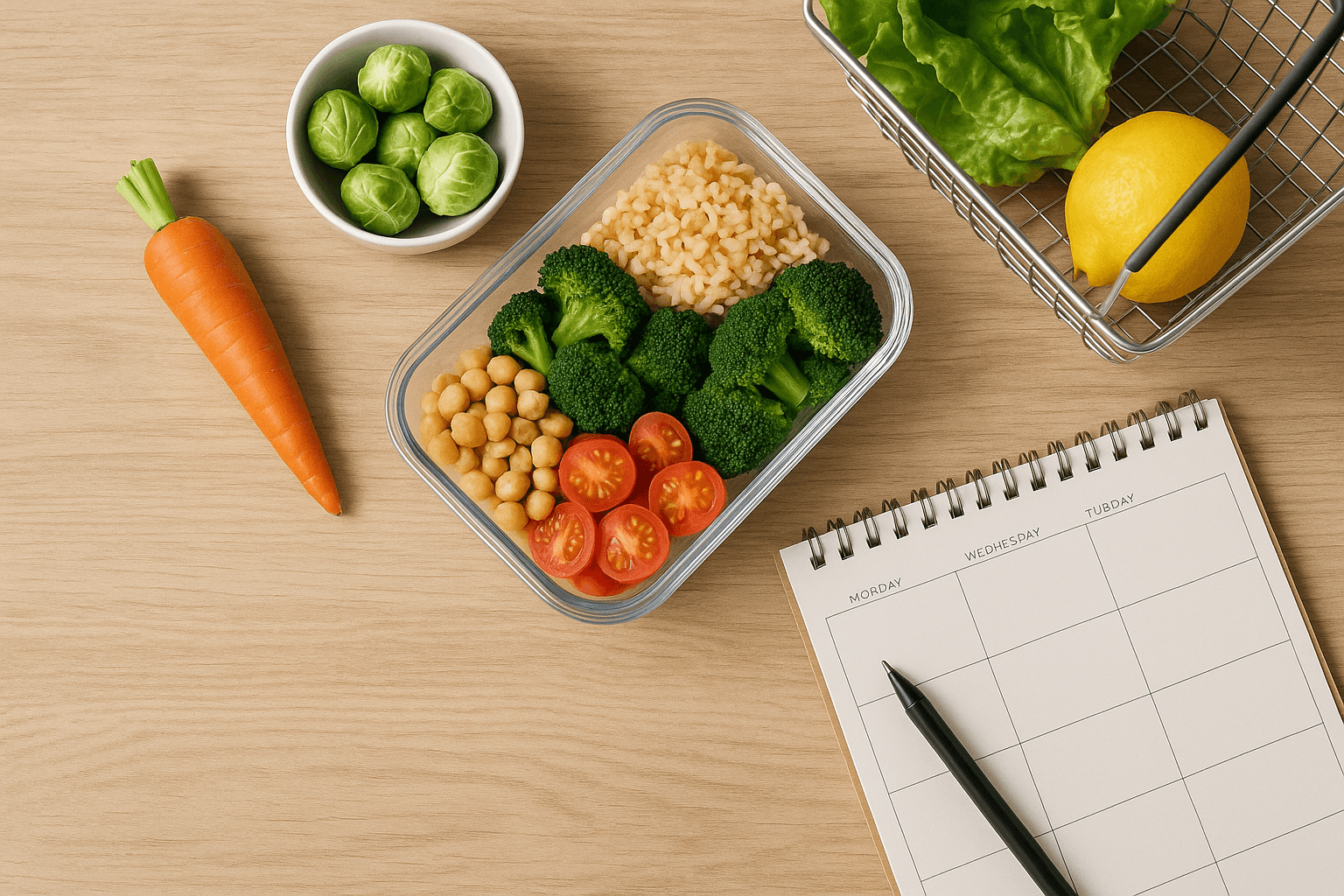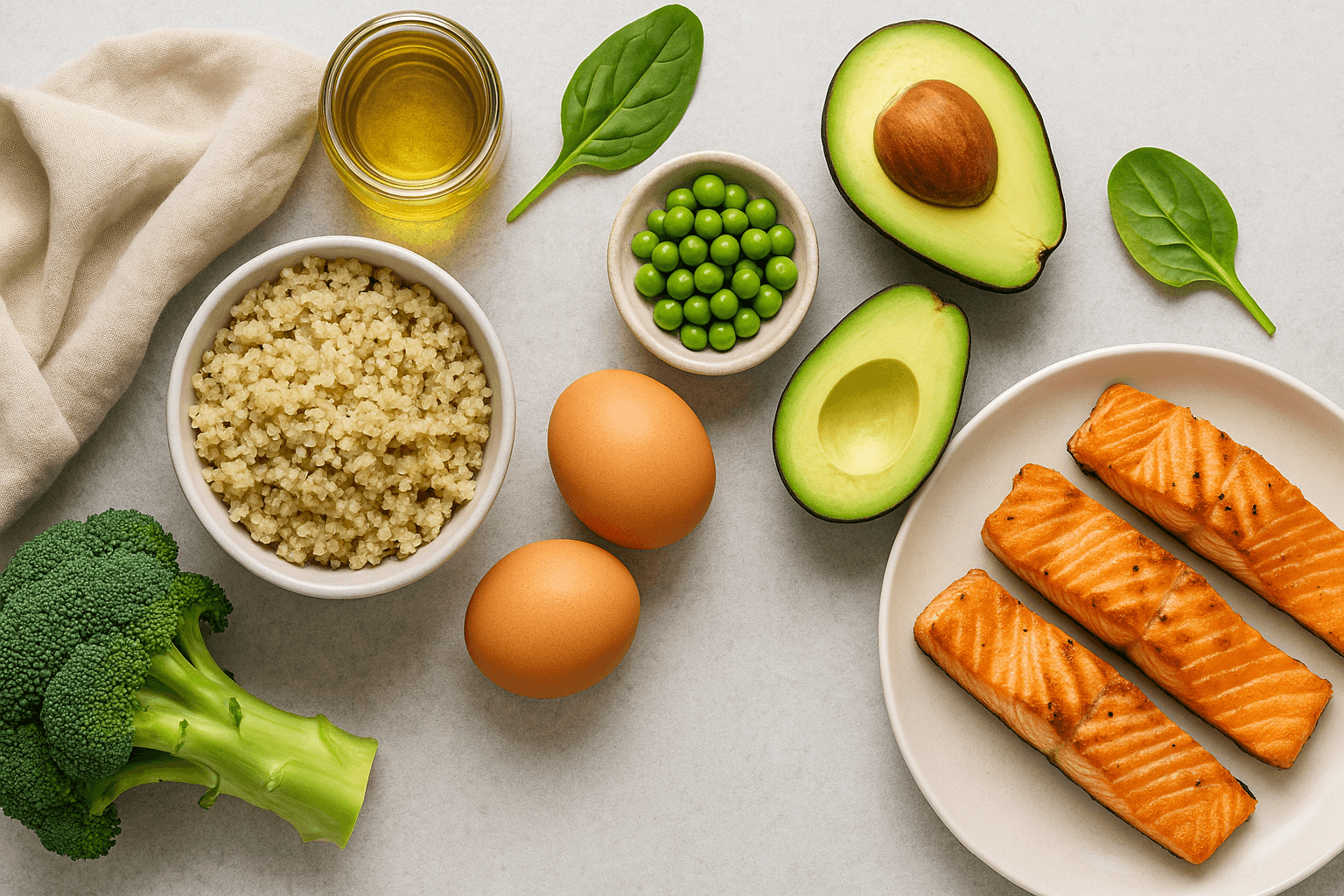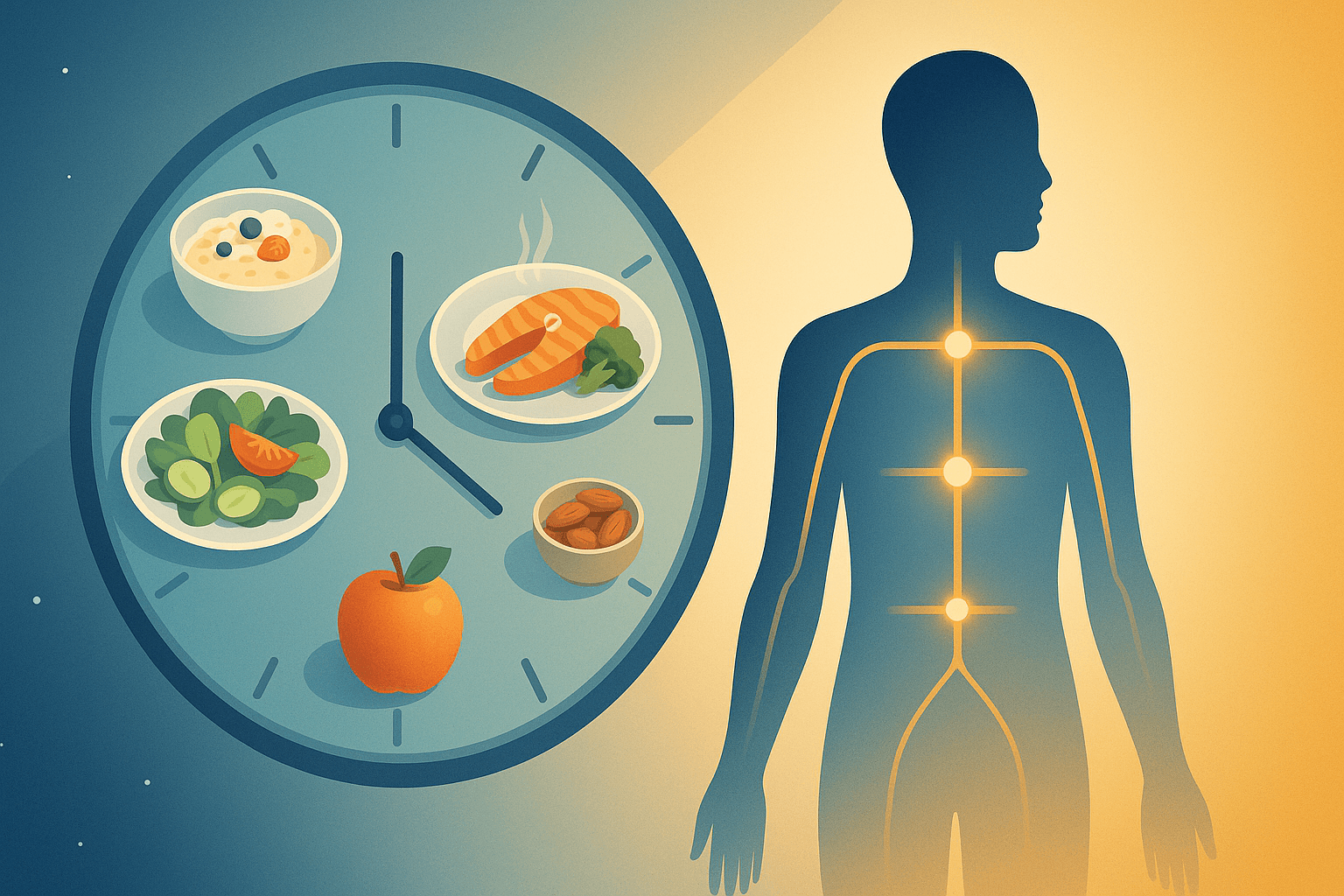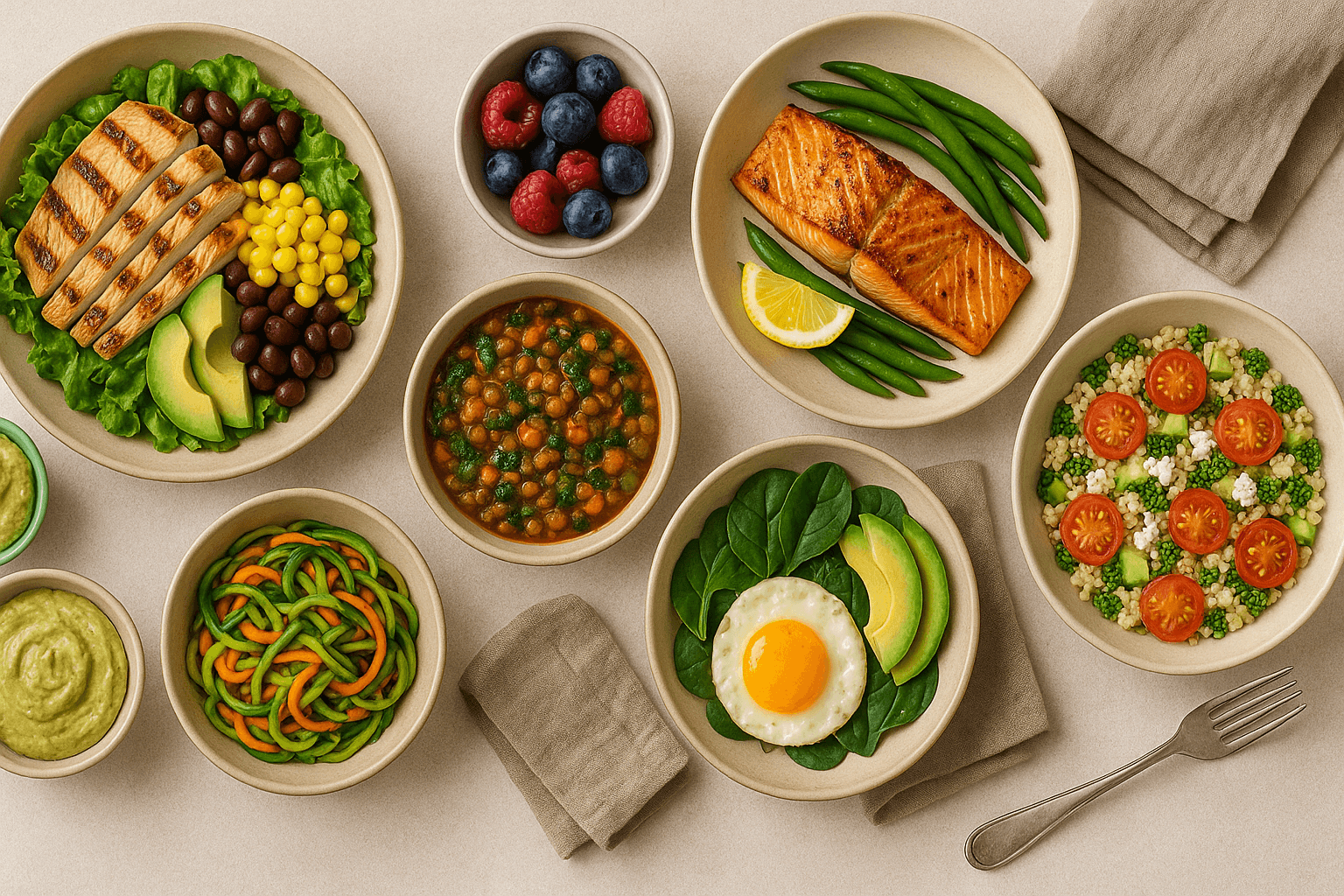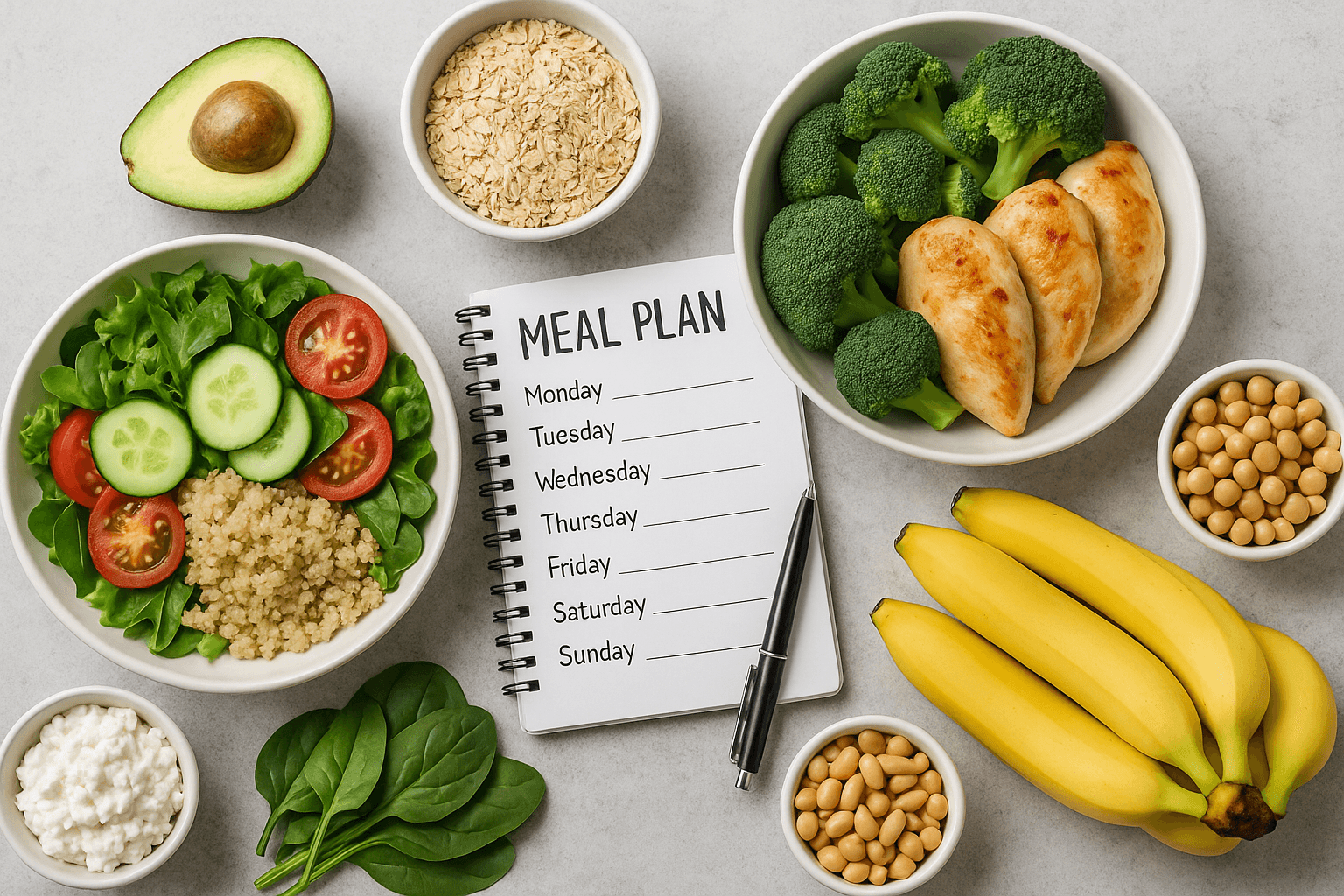MASTERING MEAL PLANNING: HOW TO BUILD BALANCED, FLEXIBLE, AND SUSTAINABLE EATING HABITS
Published on July 4, 2025

Meal planning is one of the healthy eating habits that makes your day to day easier, helps you meet nutrition goals, and takes the stress out of deciding what to eat. This post provides detailed instructions on making meal plans that suit your life, taste and health requirements, so you can do it with balance and pleasure.
Why Meal Planning Matters
Without a plan, it’s so much easier to resort to unhealthy convenience foods or skip meals altogether. These routines can result in a lack of balanced nutrition, cause the body to crash from the high, or even cause us to gradually pack on unwanted pounds. Planned eating allows you to take full control of your nutrition, making informed and intentional decision for what you put into your body. And because you’ve already planned your meals, decisions no longer weigh you down, you are less likely to mindlessly eat due to being hangry, stressed, or both, and the chances of consistently choosing foods that promote your health (all your health, in fact) are heightened.
And meal planning isn’t just good for health on a personal level; it has financial and environmental benefits, too. When you plan your meals, you can shop in an organized fashion, purchase only what you need and cut down on food waste. This is one way for you to save money and help toward sustainability to avoid wasting food. In addition, meal planning promotes variety and balance, helping to ensure you get a wide variety of key vitamins, minerals, macronutrients, and antioxidants necessary for ideal health and disease risk reduction.
Components of a Well-Balanced Meal Plan
Macronutrient Balance
A healthy meal plan contains a precise amount of carbohydrates, protein, and fat for your body's energy needs and personal metabolism. The body’s preferred source of energy is carbohydrate, especially for the brain and during exercise. Choose complex carbohydrates such as whole grains, legumes and vegetables that help keep your energy level steady and provides beneficial dietary fiber. Protein is needed to repair tissue, maintain immunity, synthesize hormones, and keep muscle mass, and a mix of protein sources, from lean meats and fish to plant sources, such as beans and tofu, provides the nutrition we need. Good fats from sources like nuts, seeds, olive oil, and fatty fish, nourish brain health, hormone creation and cell integrity. When the calories from these three macronutrients are in the right proportions that all of these metabolic functions are optimal and work in harmony, maintaining satiety and a stable blood sugar, and maintaining metabolic efficiency.
Nutrient Density
Opt for nutrient-dense foods, or those that contain lots of vitamins, minerals, antioxidants, and fiber per calorie. This is a way to avoid a lack of nutrients, and hence malnutrition, as well as obesity. Different colored fruits and vegetables contain unique phytochemicals and antioxidants that fight oxidative stress and inflammation, both of which are key in the battle against aging and chronic disease. Whole grains provide B vitamins and important minerals like magnesium and selenium. Healthy fats and lean proteins add more micronutrients essential for overall health. Packing your diet with essential nutrients not only has health benefits, but fuels the body such as cellular repair, and immune protection.
Variety
The site of eating can be of crucial importance for addressing the multiplicity of nutrients required for good health in low SES settings. Alternating fruits, veggies, grains and proteins can create a more well-rounded diet, while lowering the risk of food sensitivities and promoting a more varied gut microbiome. A varied microbiome has been associated with better digestion, a stronger immune system, and even gains in mental health. You can also add some international flavors and seasonal produce to your meal plan to avoid the boring drama and make your diet spicy and tasty.
Flexibility
A healthy eating plan allows for flexibility with social events, cultural preferences and unscheduled modifications to a daily routine. Instead of being overly strict and rigid, there is room for treats and deviations, which means that people can stick with it for years. Flexibility even applies to the recipes and ingredients you use to prepare the food, allowing you to adjust it based on availability and personal preference, all while maintaining nutritional quality. This line of thinking decreases feelings of restriction, which are the primary cause of failure in diets, and promotes a healthy relationship with food.
Preparation
Meal prep is the soul of meal planning that actually works. Strategies such as batch cooking, for example cooking up big batches of staples like grains, legumes, and proteins, in preparation considering the time lost on busy weekdays. Chop vegetables earlier in the week, scale out snacks, for example granola portions, and utilize helpful kitchen equipment such as crock pots or instant pots to streamline mealtime prep. Include some healthy, ready-to-eat foods in the fridge so you won’t be tempted by fast foods or processed snacks and will keep on the healthy path even when the going gets busy.
How to Make Your Meal Plan
Measure Up Your Goals
Customize Your Menu
Establish Your Rhythm
Prepare a Shopping List
The Prep Ahead
Monitor and Adapt
Sample Meal Plan for a Day
Breakfast
A bowl of creamy Greek yogurt with a handful of fresh berries, chia seeds, and walnuts on top. So dense in nutrient-dense protein, cardamom, and fiber, you get vital antioxidants and omega-3 to kick start your day with lasting energy.
Snack
Crisp apple slices with almond butter provide a satisfying balance of natural sugar, healthy fats and protein to curb hunger between meals.
Lunch
A colorful quinoa salad with grilled chicken breast, roasted seasonal veggies like bell pepper and zucchini, topped with a zesty lemon-tahini sauce. This dish is a perfect combination of complex carbs, lean protein and good fat.
Snack
Fiber-, vitamin- and plant protein-rich crunchy carrot sticks with hummus combine to make an incredibly nutrient-dense and flavorful snack — or mini meal.
Dinner
Roasted salmon with steamed broccoli and mashed sweet potatoes. This meal provides omega-3 fats, fiber, anti-oxidants, and complex carbs to help muscles, and overall health, recover.
Tips for Staying on Track
Tracking and Accountability
Freezer-Friendly Meals
Hydration
Social Support
Celebrate Progress
Overcoming Common Challenges
Time Constraints
Limited Cooking Skills
Budget Limitations
Social and Cultural Factors
Meal Timing and Frequency
Nutritional Adequacy and Supplementation
Psychological and Emotional Aspects
Environmental and Ethical Considerations
Leveraging Technology
Long-Term Success Strategies
Final Thoughts
Meal Planning is a life changing planning strategy that helps you take control of your nutrition and life. You develop sustainable habits nourishing your body and your mind for a lifetime of wellness, health and happiness by placing an emphasis on balance, variety, preparation and flexibility.



